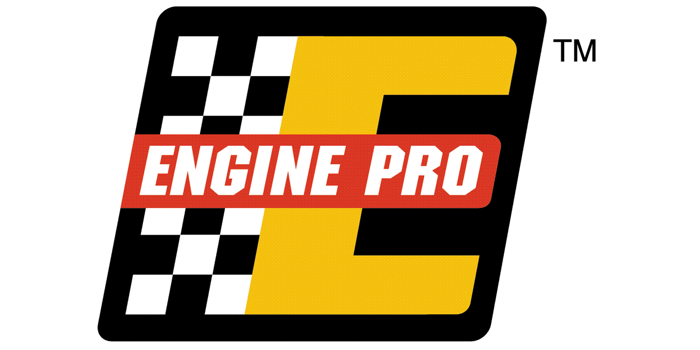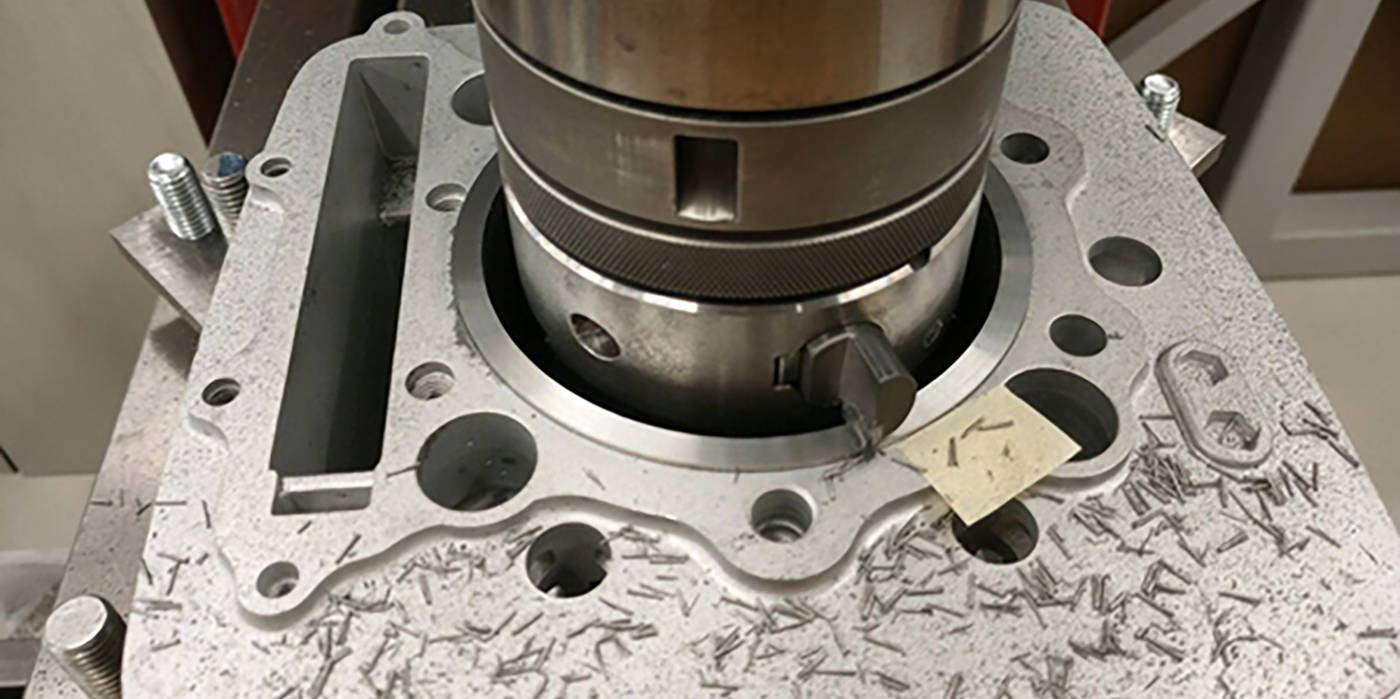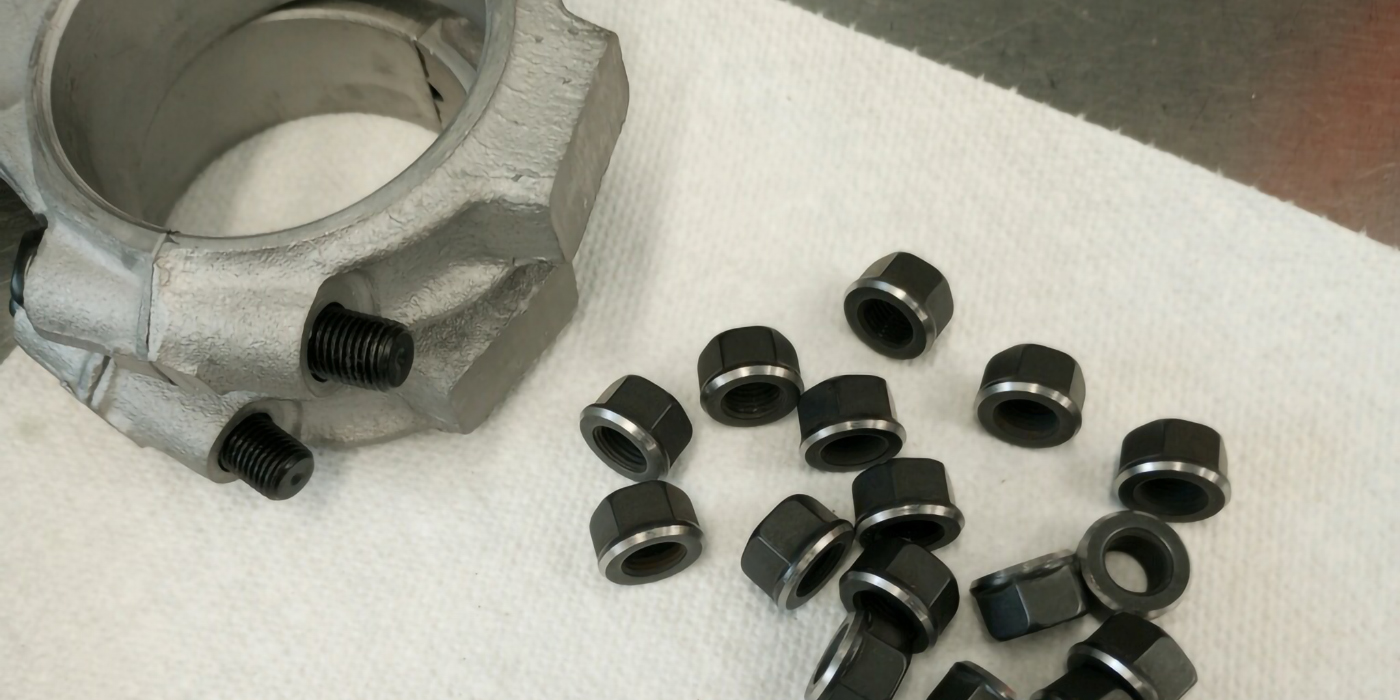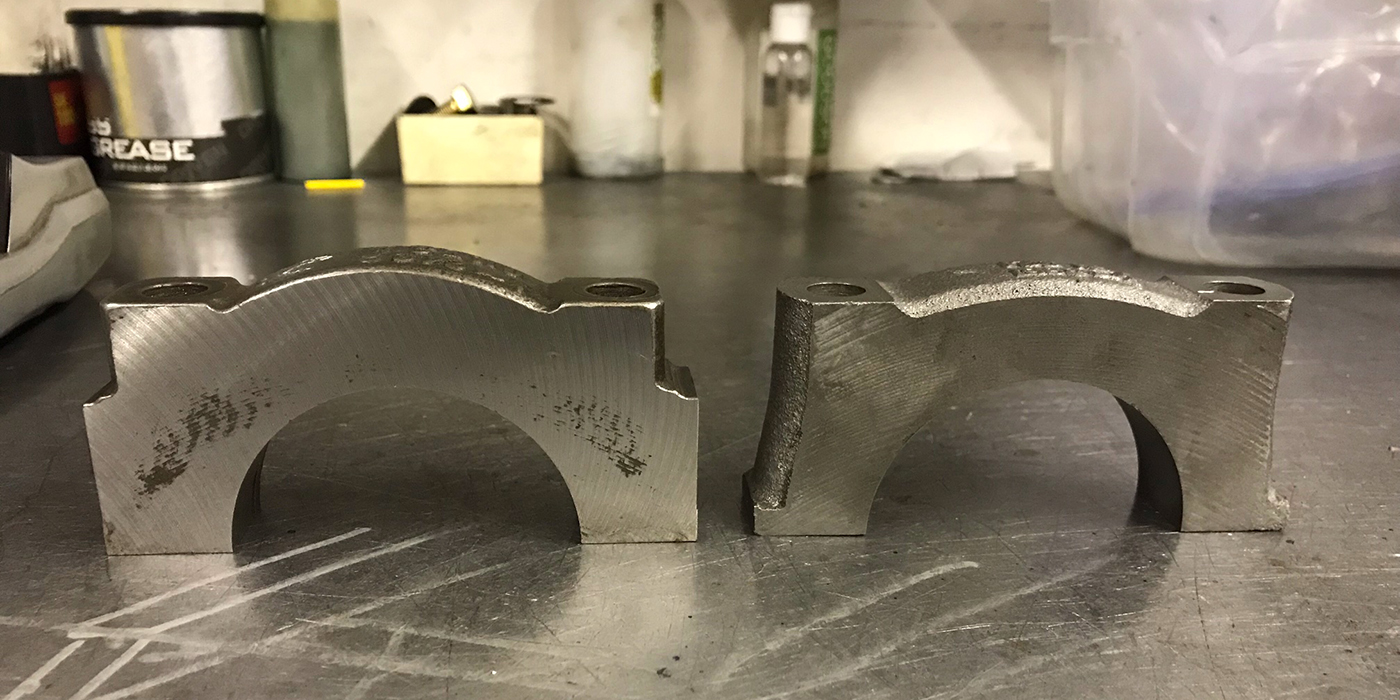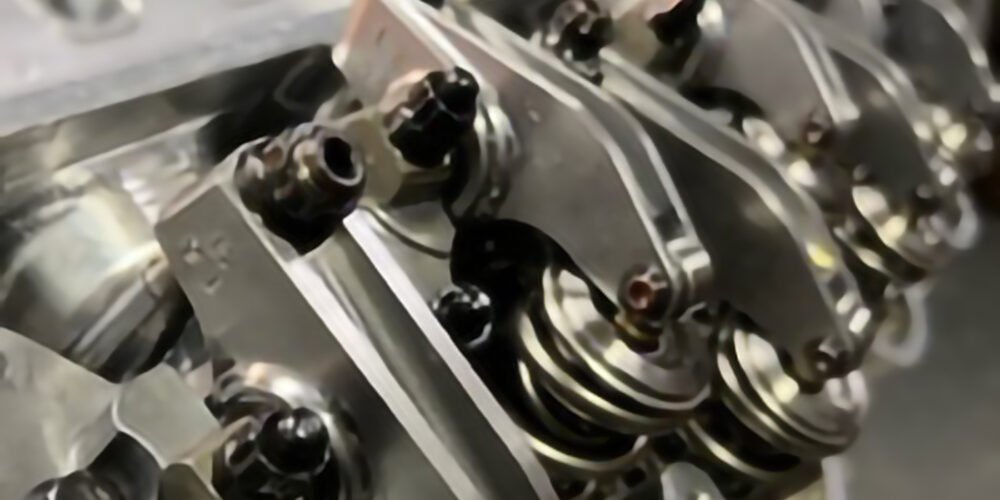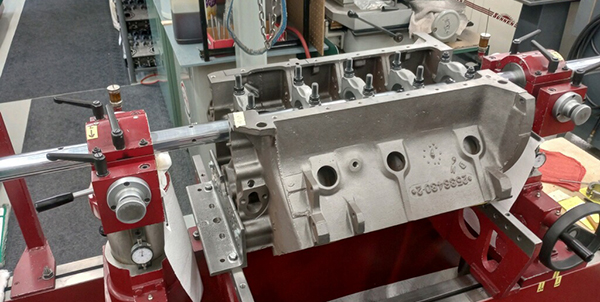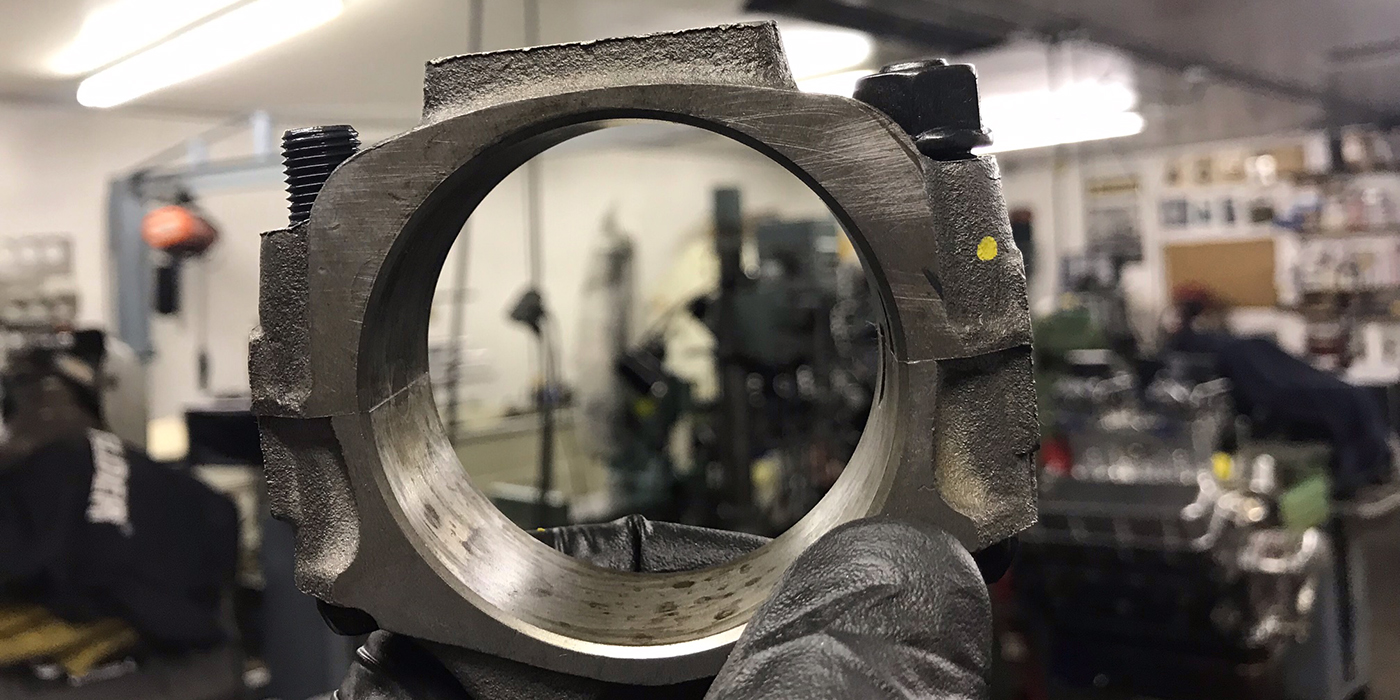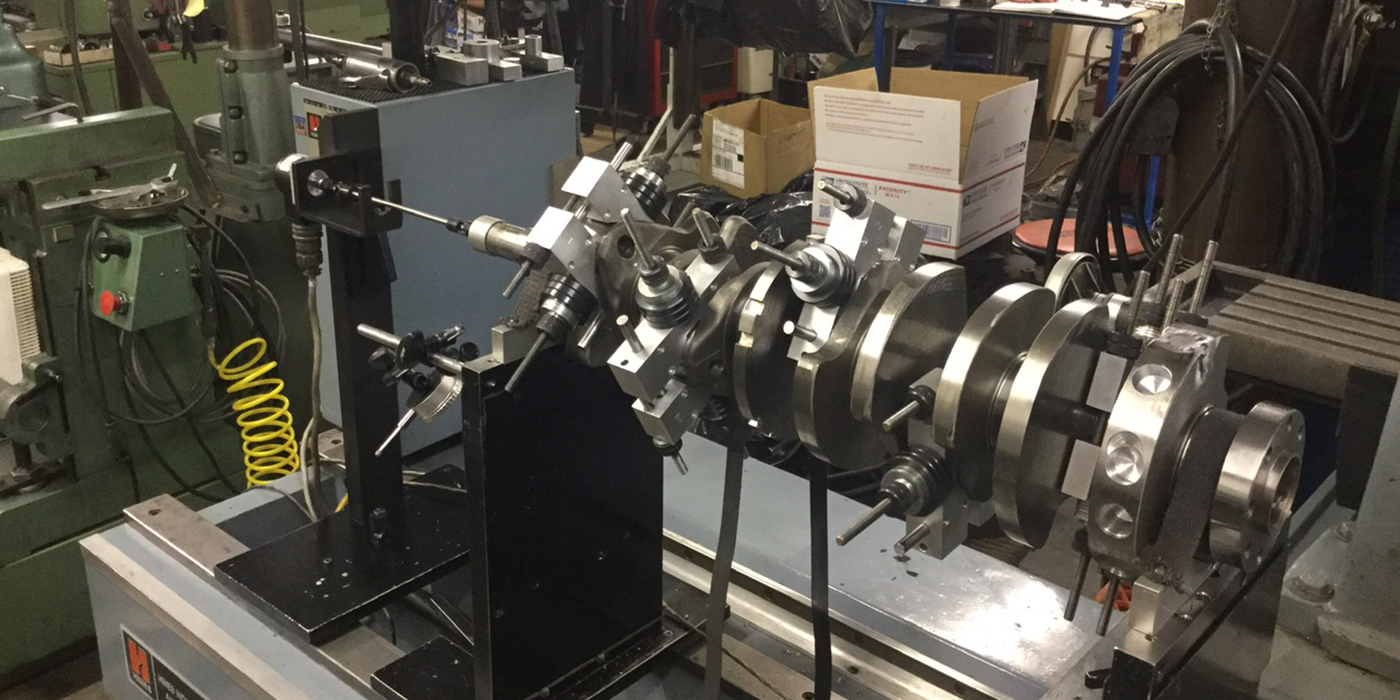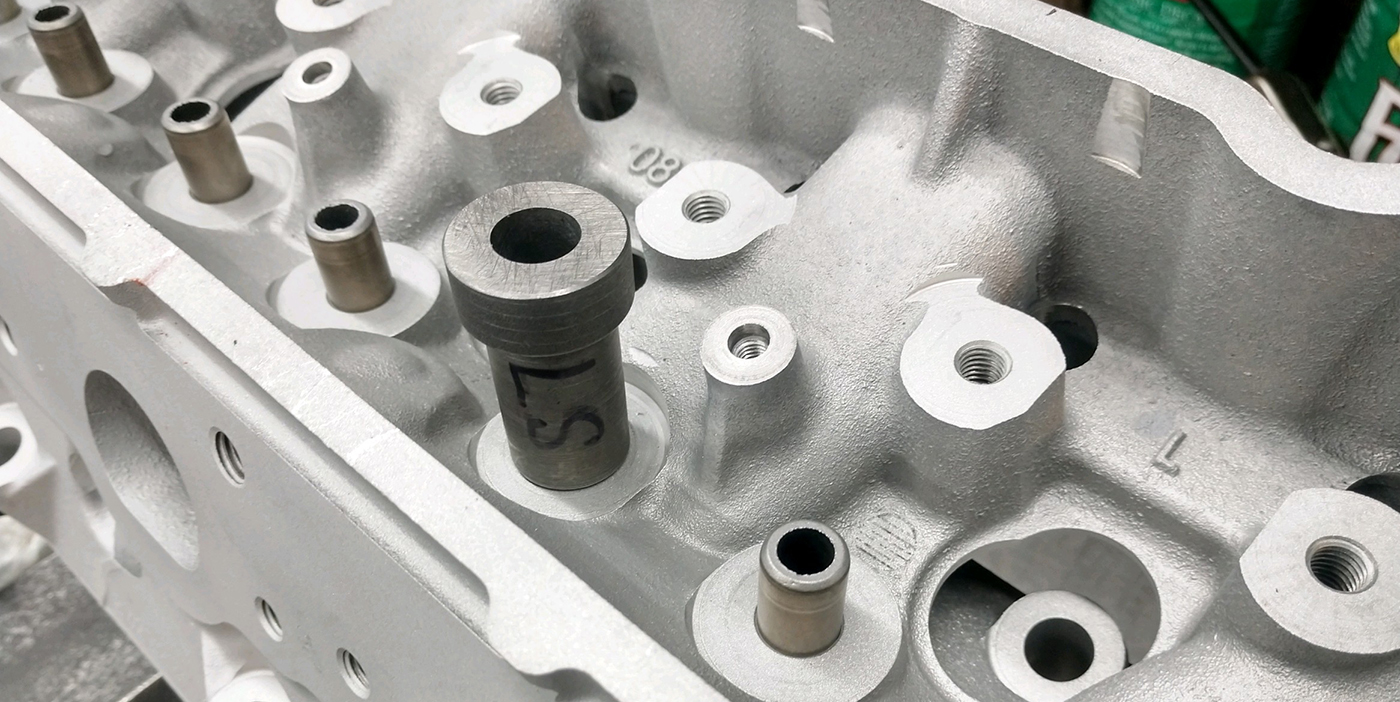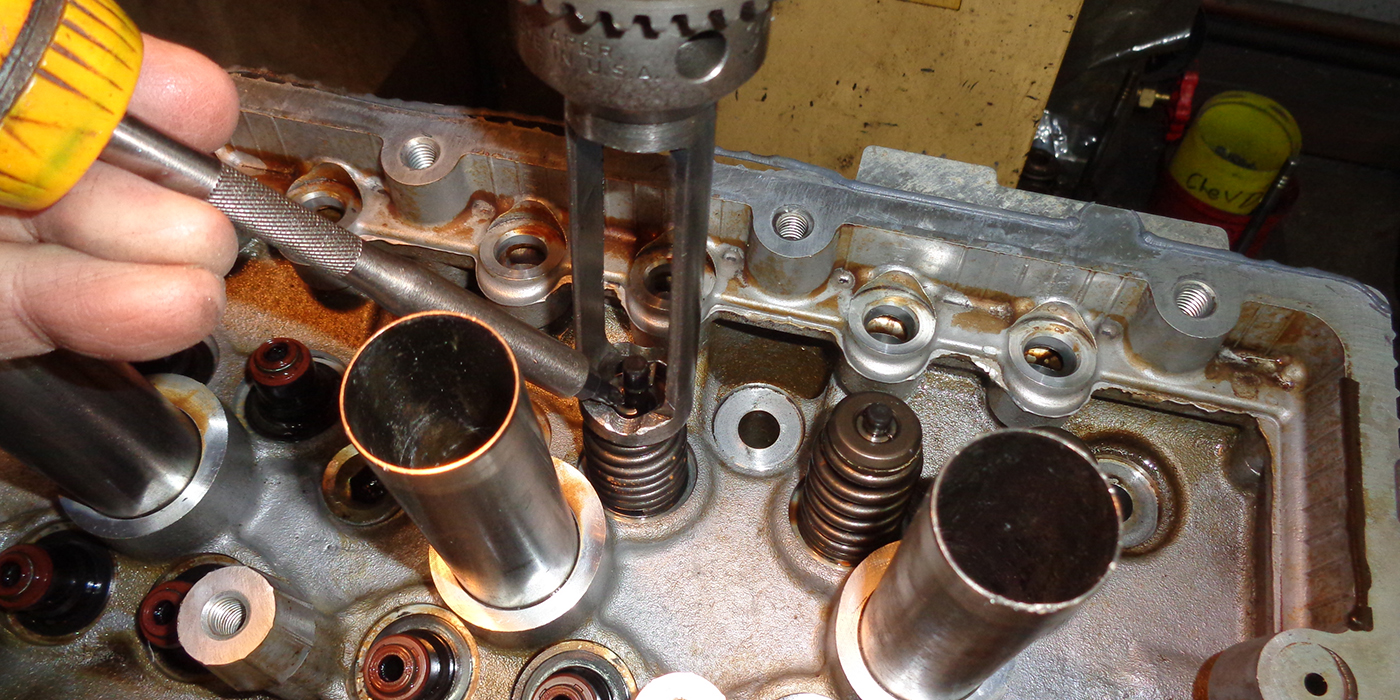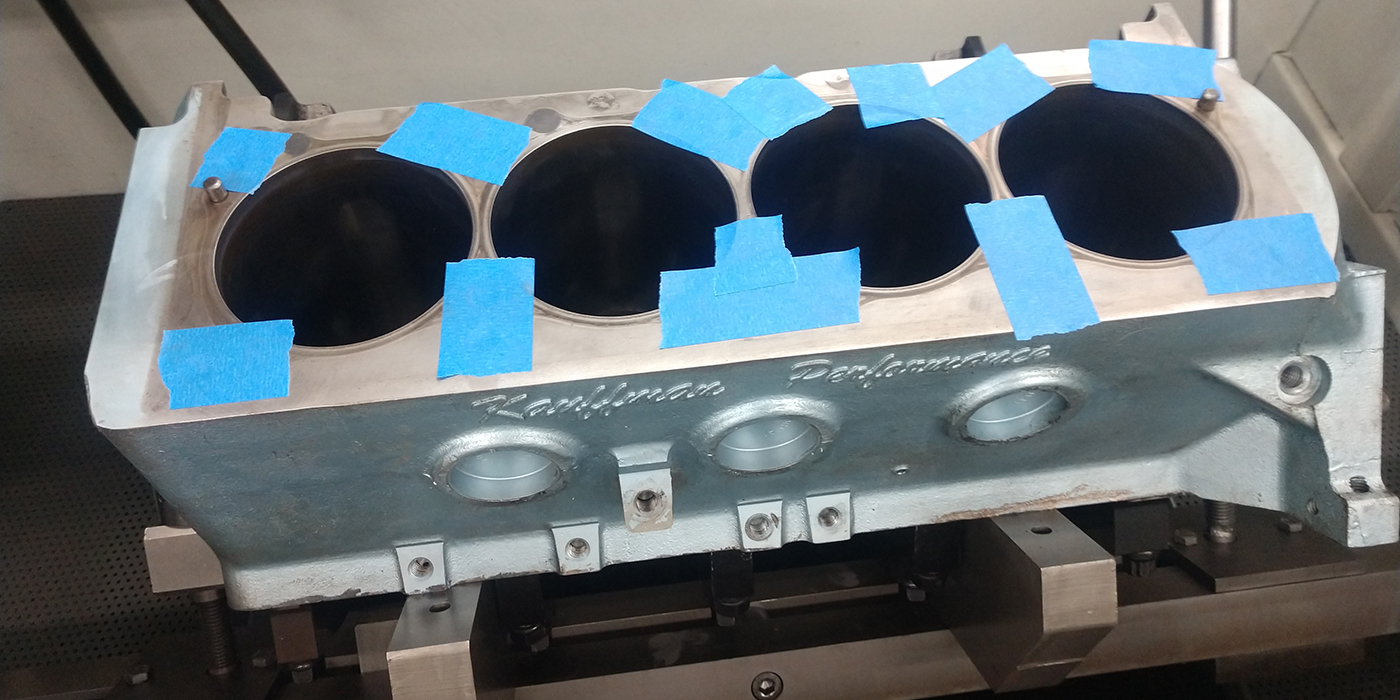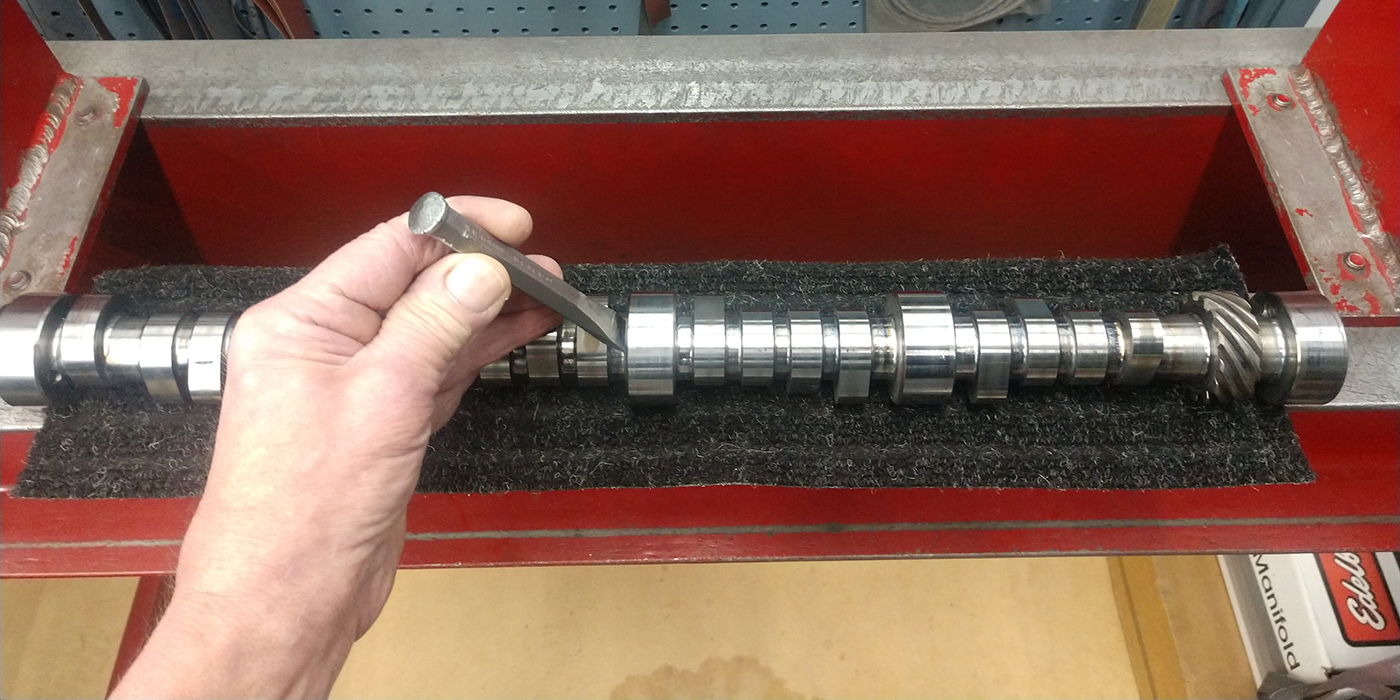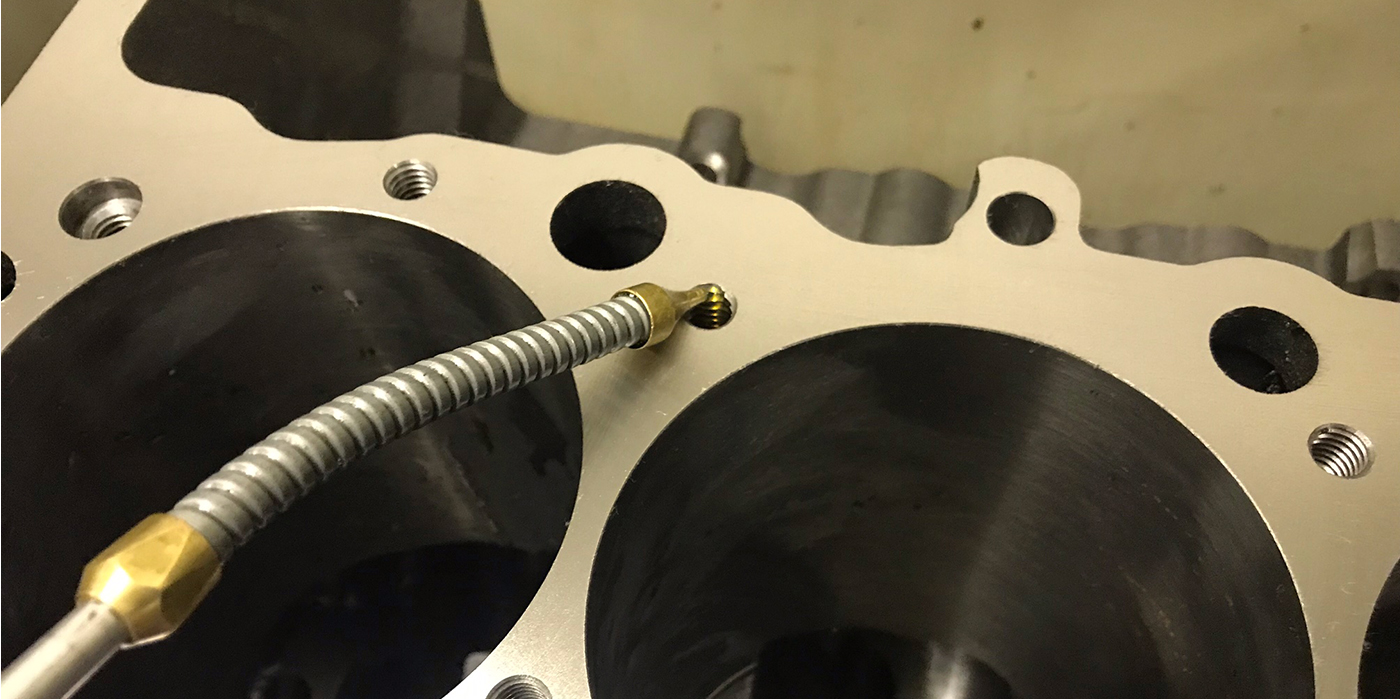SLEEVE DRIVER
When you are installing a repair sleeve in an engine block, it’s important to drive it in nice and straight with even pressure on the top of the sleeve. I made a sleeve driver tool out of an old car axle. I pressed out the studs and shortened it. It works great.
Dave Matton
D and D Auto Machine
Bloomington, MN
THEY ARE NOT ALL FAILURES
You might not believe this, but not every 2.9L, 3.0L or 4.0L V6 Ford factory cylinder head cracked and failed. Nor did every 706 GM 4.8-5.3L with the “battery” emblem cylinder heads fail for a reason.
Now, the difference between success or long life and failure may be a very fine line, but it usually takes some form of neglect or poor maintenance to bring out the weak link. If you don’t want this same type of failure to happen again, especially not while under your warranty period, you would be doing yourself a favor to point out a few things for your customer to check and make sure are in good operating condition, before the vehicle leaves the shop.
A faulty or sticking thermostat will cause an engine to run hotter than it should. Incorrect ignition timing and uncontrolled burn may cause elevated exhaust temps, which will cause excessive heat in the head. A leaking head gasket due to insufficient clamping force from the head bolts can allow exhaust gases to enter the cooling system, again causing elevated temperatures. Severe warping to the head due to a warped cylinder block deck can impose force on a thin casting causing it to crack
There are many forces like torque tension and engine temperature working on the head every minute the engine is running, all looking for a weak spot to finally give way to failure. Doing a little post-mortem investigation of the old head, gaskets and cooling system may lead to the reasons why it failed. If you write it off to the idea that “they all do,” you may be proven right and see the one you just shipped come back as proof.
Dave Sutton
Sterling Bearing Inc.
Minneapolis, MN
CONNECTING ROD PIN END – BORING
In certain cases, we have to remove a good deal of stock from the pin end of the rod. Whether to fit oversize pins in a press-fit rod, to fit bushings that are .001-.002˝ oversize or bore out an undersized bushing to spec, this can be hard work without the right equipment. For shops without a boring machine, using the thin honing stones can prove to be very costly, as the stones are not cheap, wear fast and tend to crumble under any amount of pressure. In cases like this, we use a 1-1/2˝ wide piece of emery cloth from either a sanding roll, or we’ll just cut strips from used (aluminum oxide) sanding belts. We cut a 6-8˝ strip and wrap it around the mandrel. When honing steel, an 80-grit or coarser belt will remove material quickly (up to .001˝ per second, in some cases) so use caution when getting close to size. For bushings, the 80-grit works well to remove excess stock, but will leave a rough finish. It’s best to finish and smooth out the last few thousandths with a 240-grit or finer cloth.
Miles Rogers
BP Rods
Magnolia, TX
MAGNETIC BASE AND A THIRD HAND
I use a small magnetic base vice to hold my dial-bore gauge while checking it with a micrometer. The extra hand allows me to get a better read on it. These are not expensive. I can store it nearby, but out of the way.
Steve Potz
Steve’s Engine Shop
Cocoa, FL
FLATNESS AND SURFACE FINISH
Cylinder head and block flatness and surface finish are critical to proper head gasket sealing. The following general specifications cover both gasoline and diesel engines. Since bolt spacing, location of oil and water holes, pressures, etc. will vary from engine to engine, there will be exceptions where closer tolerances might be observed to properly seal an engine. Out-of-flat conditions are usually associated with cylinder heads more than the cylinder block, but the sum of the two must be kept in mind and must not exceed the recommended specification. A maximum out-of-flat of .001” in any 3” diameter should not be exceeded.
SURFACE FLATNESS*
Length Width
3 Cylinder and V6 Engines
.003˝ .002˝
4 Cylinder and V8 Engines
.004˝ .002˝
In line 6 Cylinder Engines
.006˝ .002˝
*Don’t forget, this is the sum of the values of the cylinder head and the block.
SURFACE ROUGHNESS
(In microinches. Ra is average roughness height)
Cylinder Heads or Blocks (Cast Iron or Aluminum)
Conventional gaskets – steel with fiber composite or expanded graphite layers:
Maximum 100 Ra
(Rougher surfaces limit gasket conformance)
Minimum 40 Ra
(Smoother surfaces increase tendency for gasket to flow Recommended range 60-80 Ra and reduce the gasket’s blow out resistance.)
Rubber-coated Multi-Layer Steel (MLS) gaskets:
Maximum 80 Ra
(Smoother finishes are desirable)
Typical OE MLS designs:
Maximum 30 Ra
Note-Ra measures are taken with a Profilometer. The lower the value, the smoother the surface.
Engine Pro Tech Committee with special thanks to Fel Pro Gaskets

